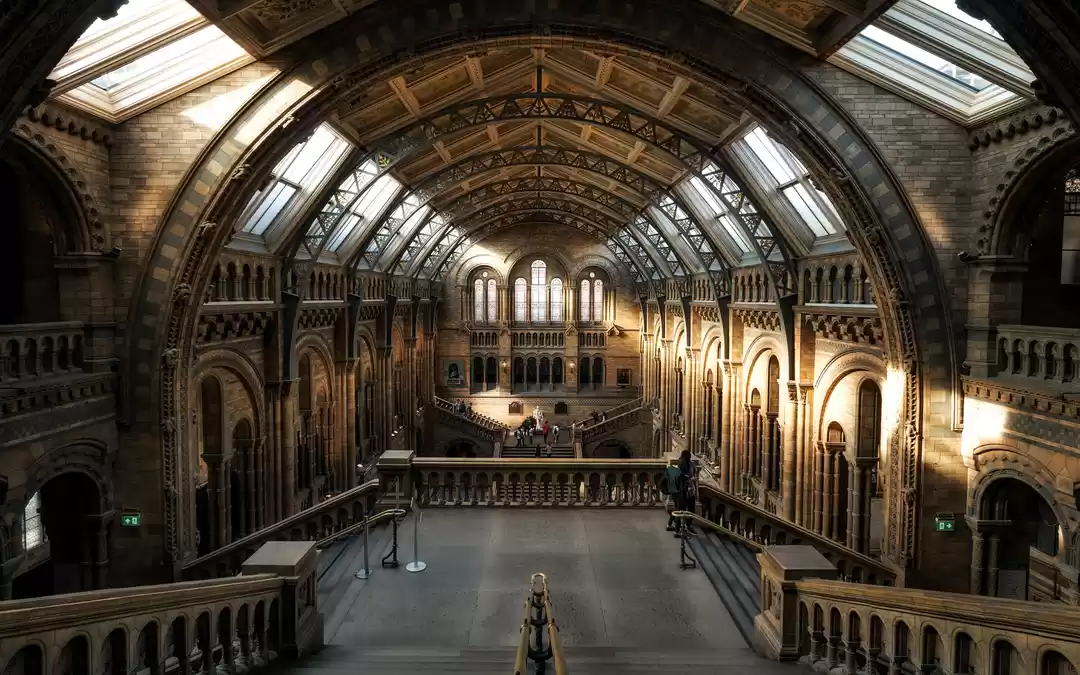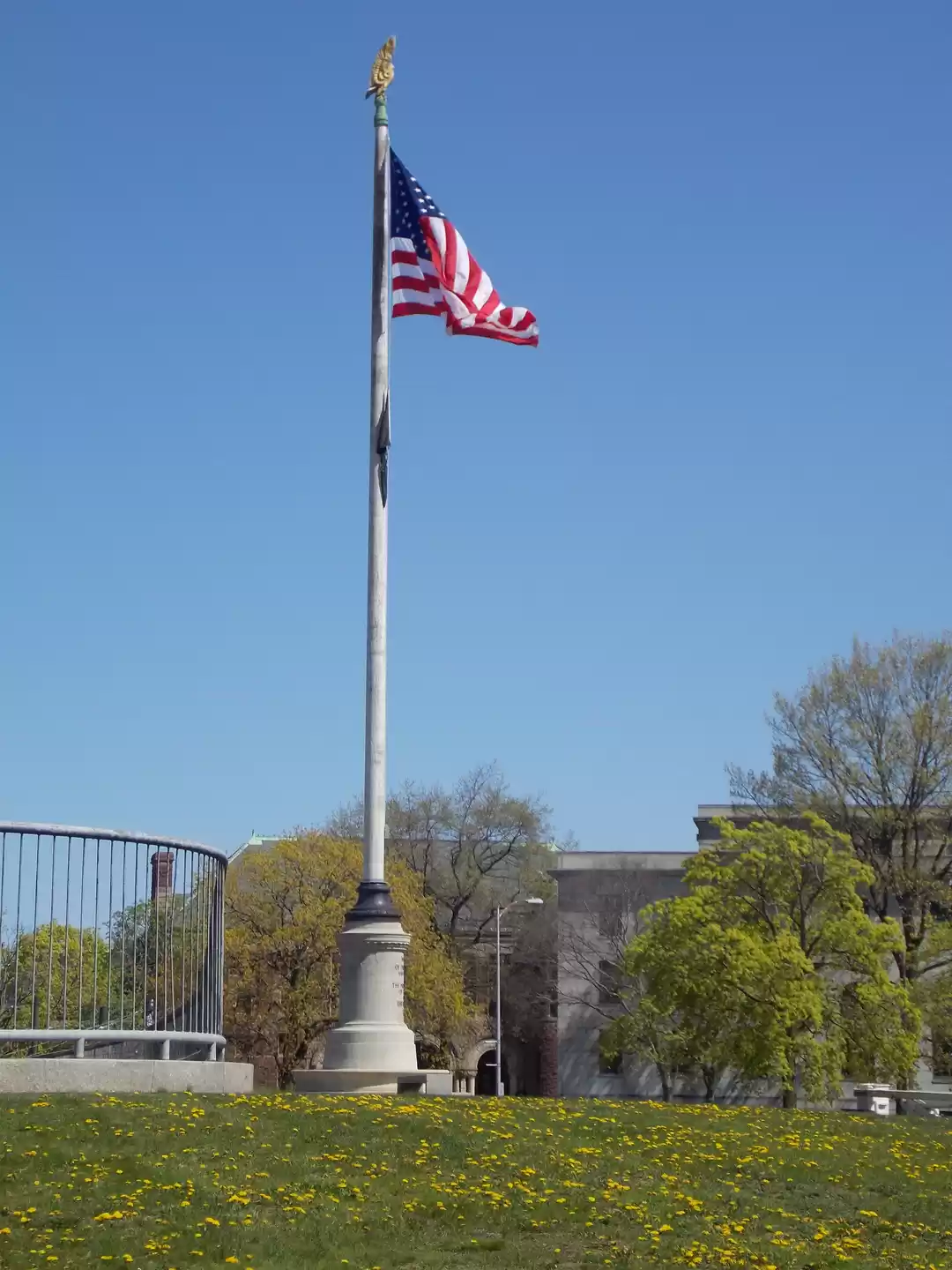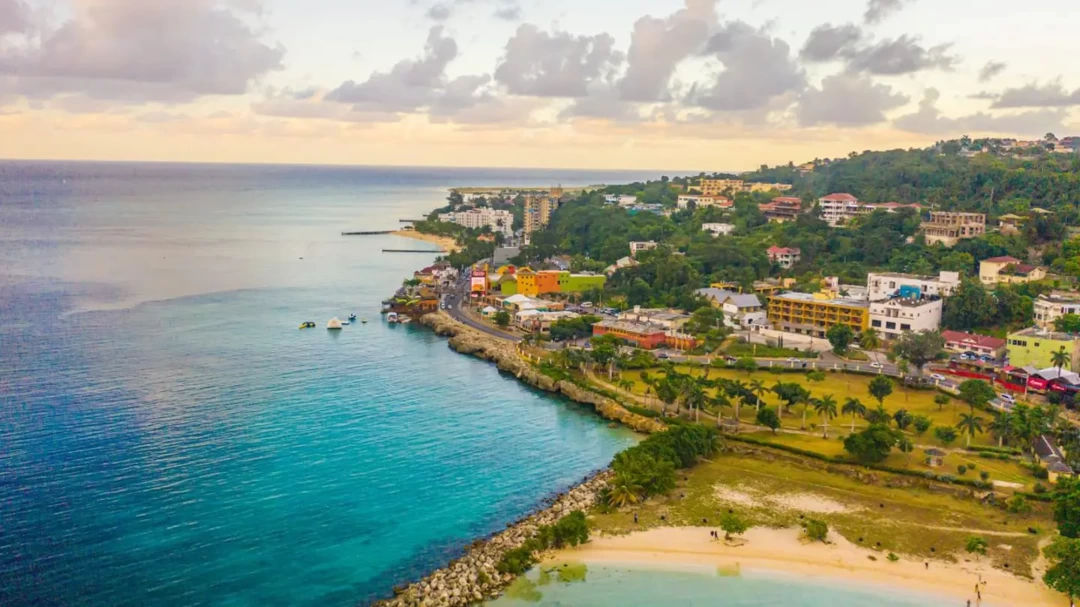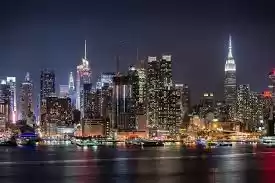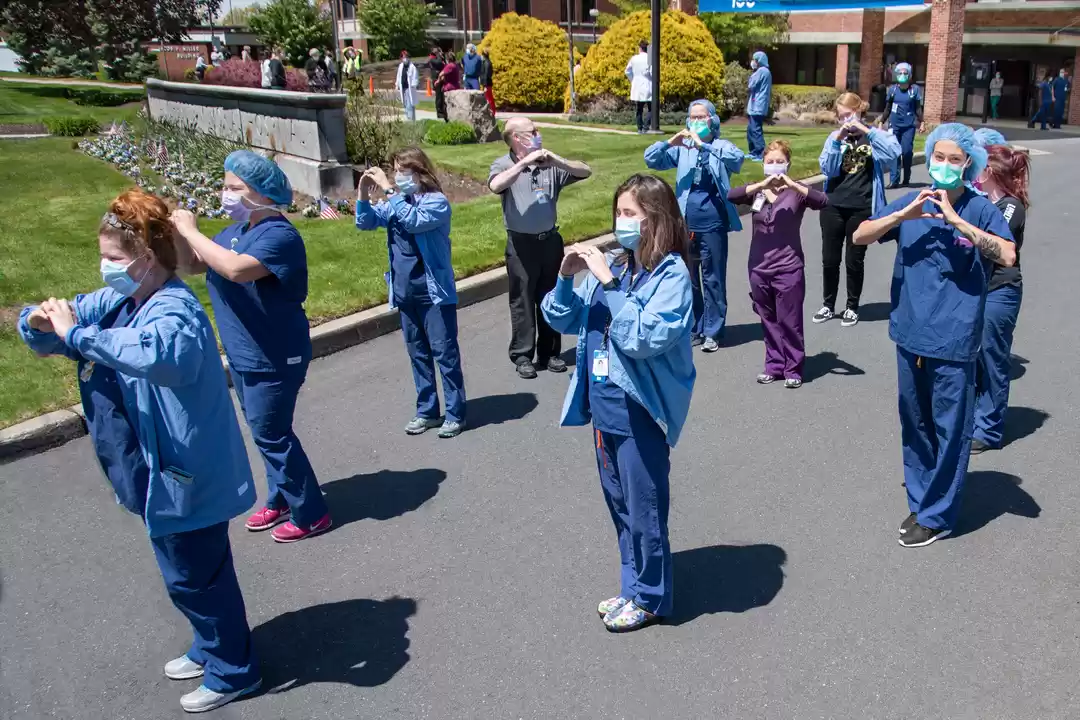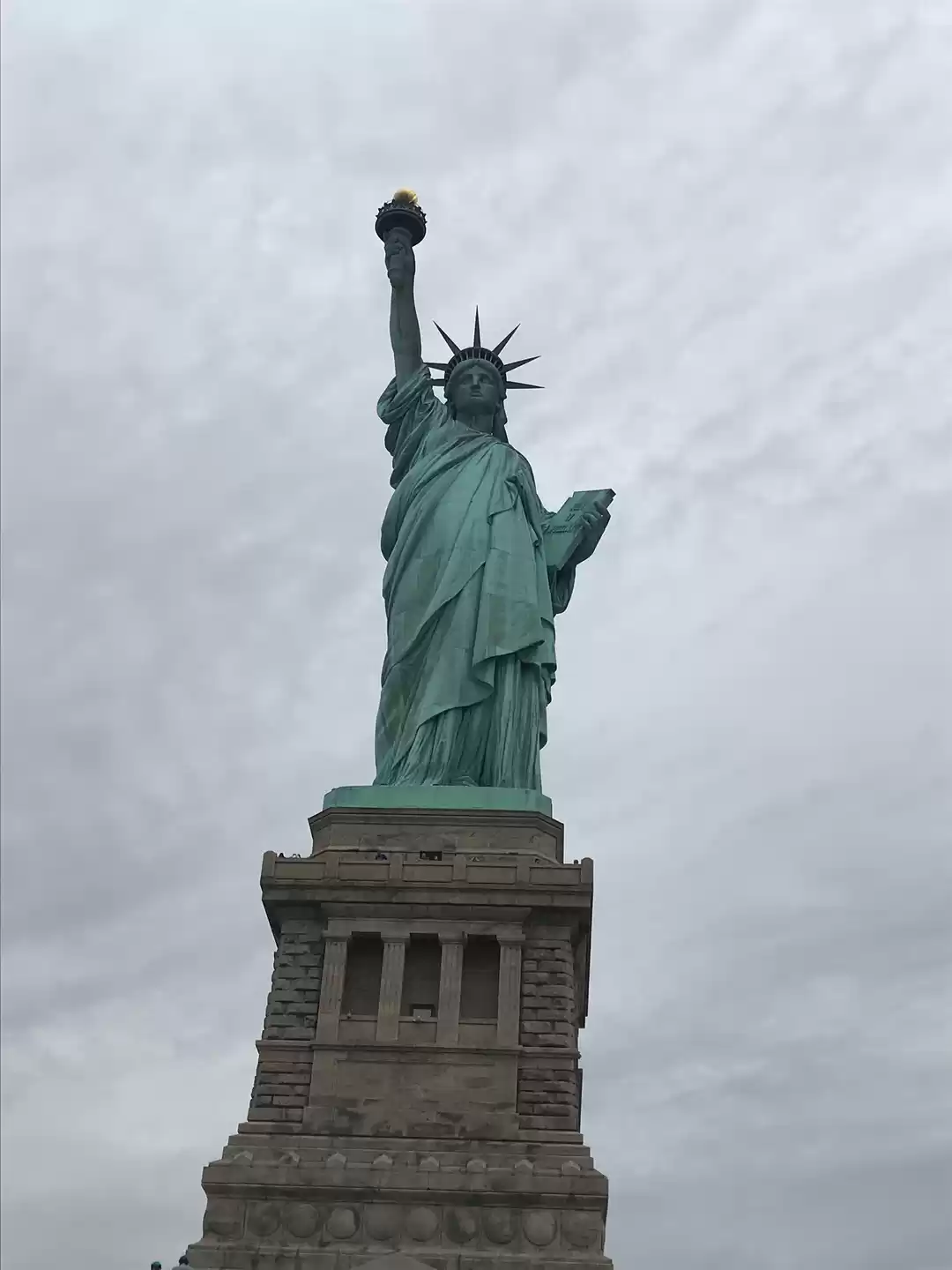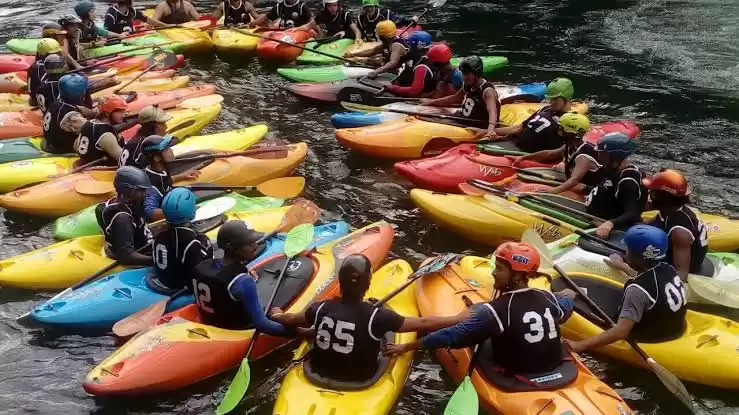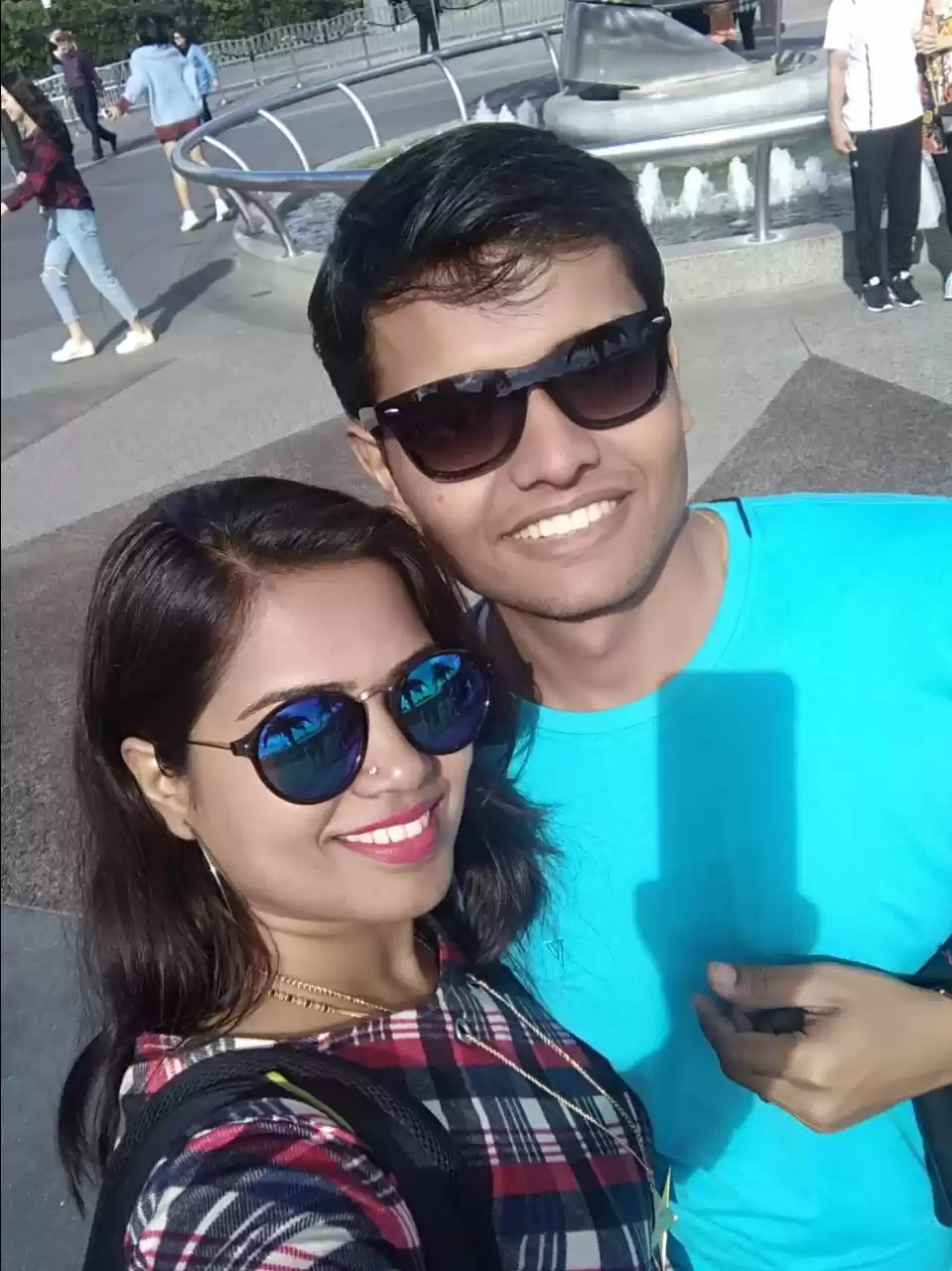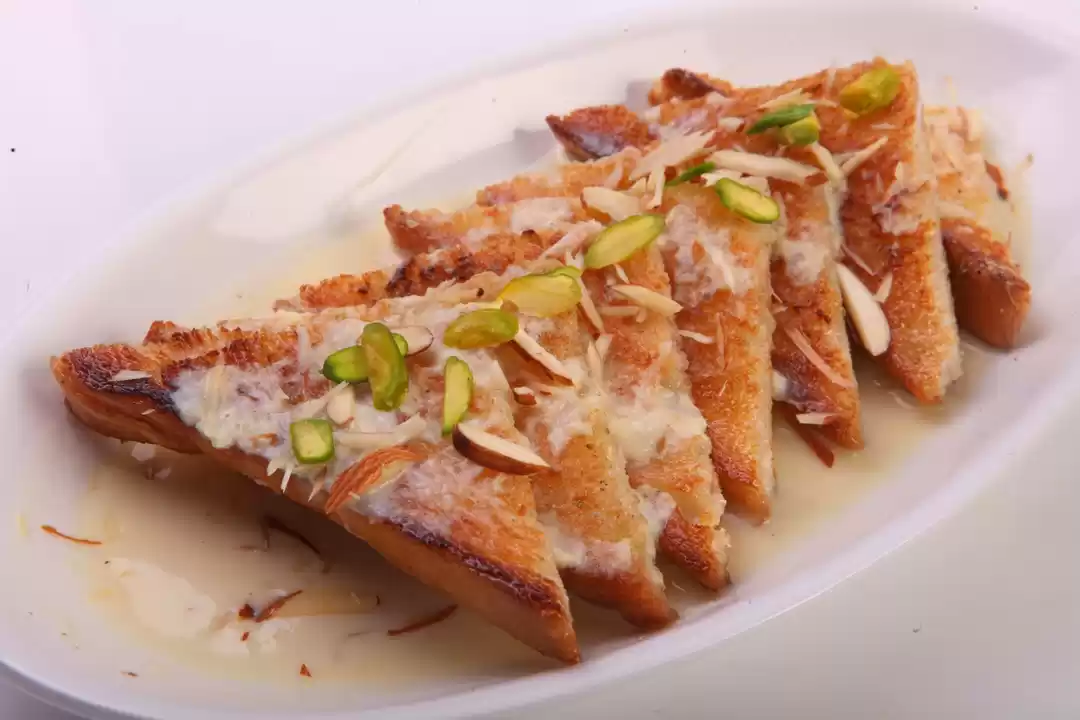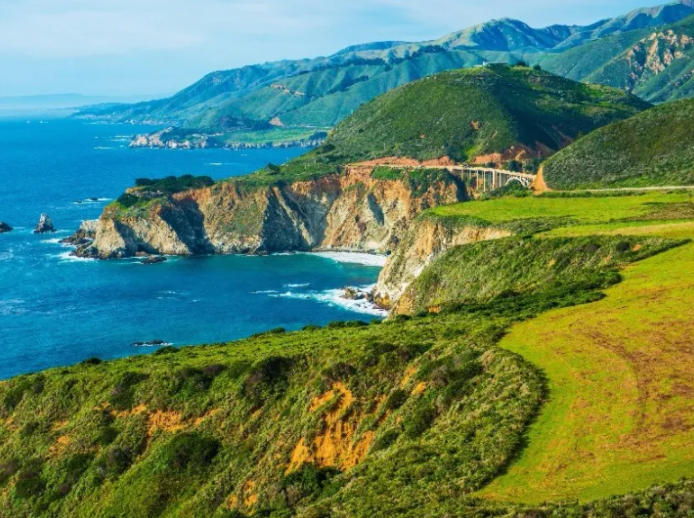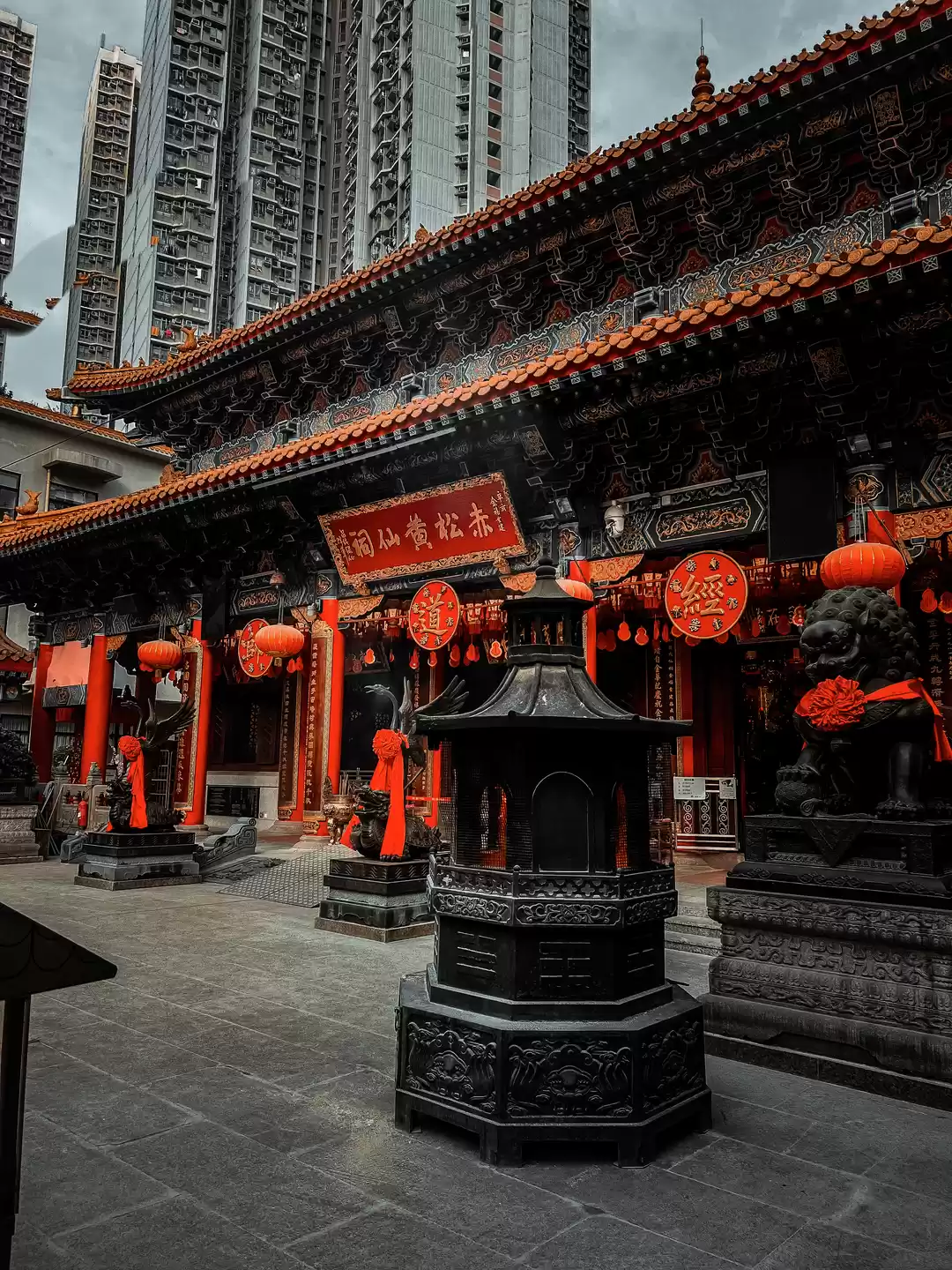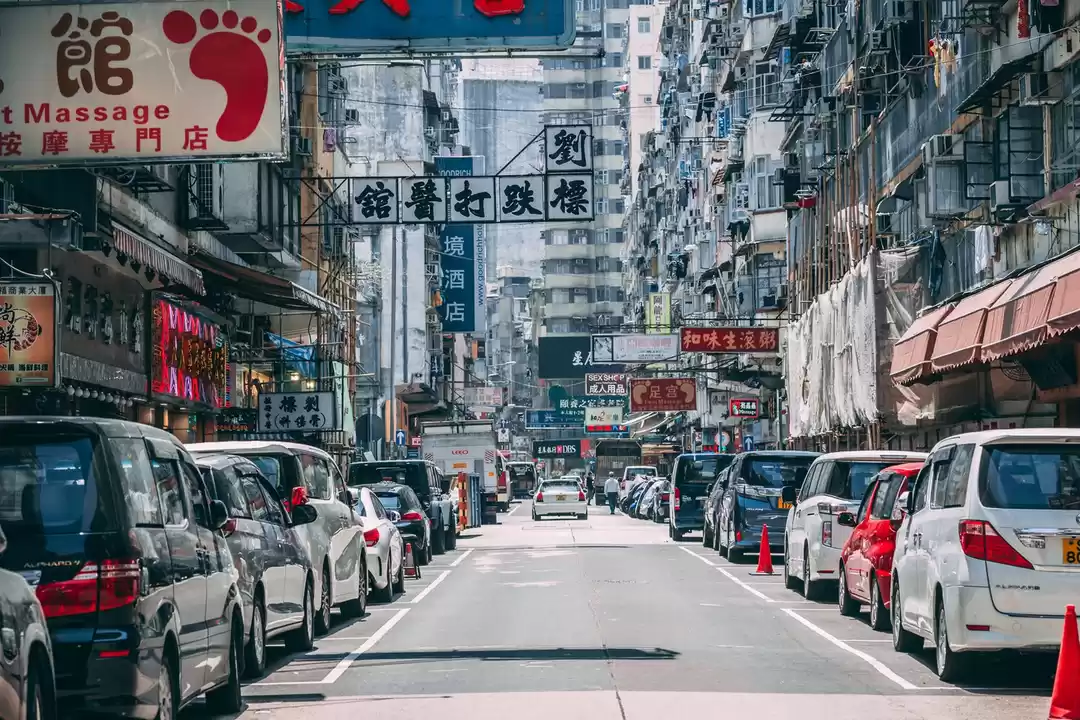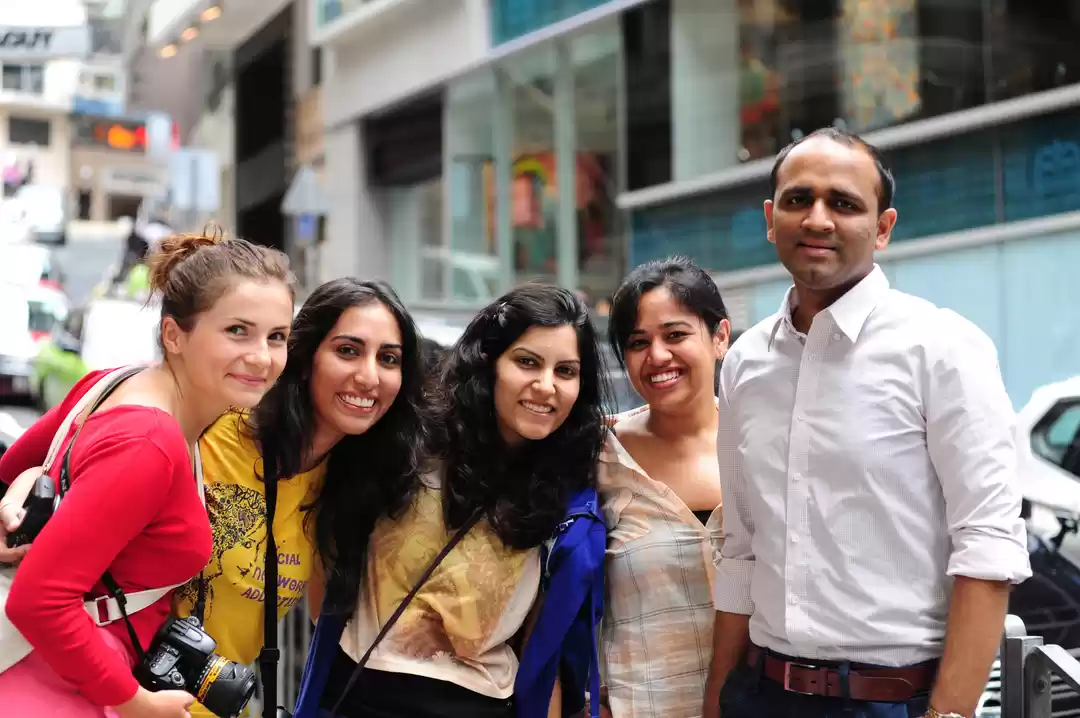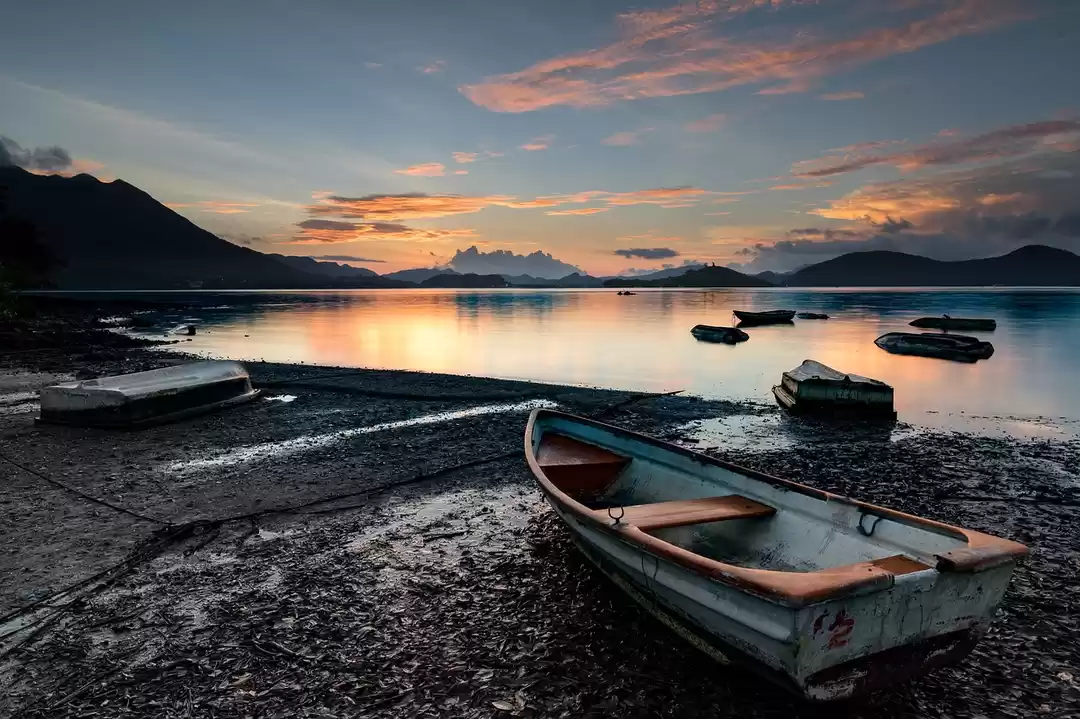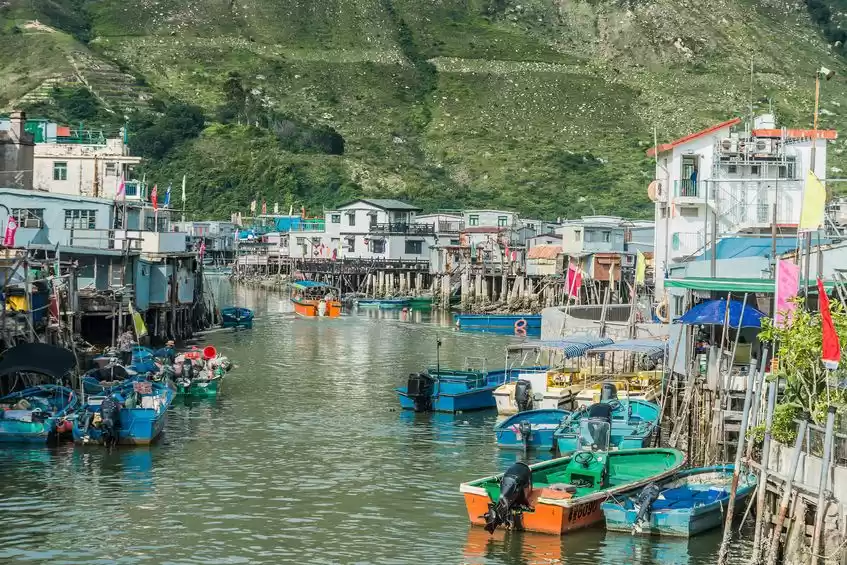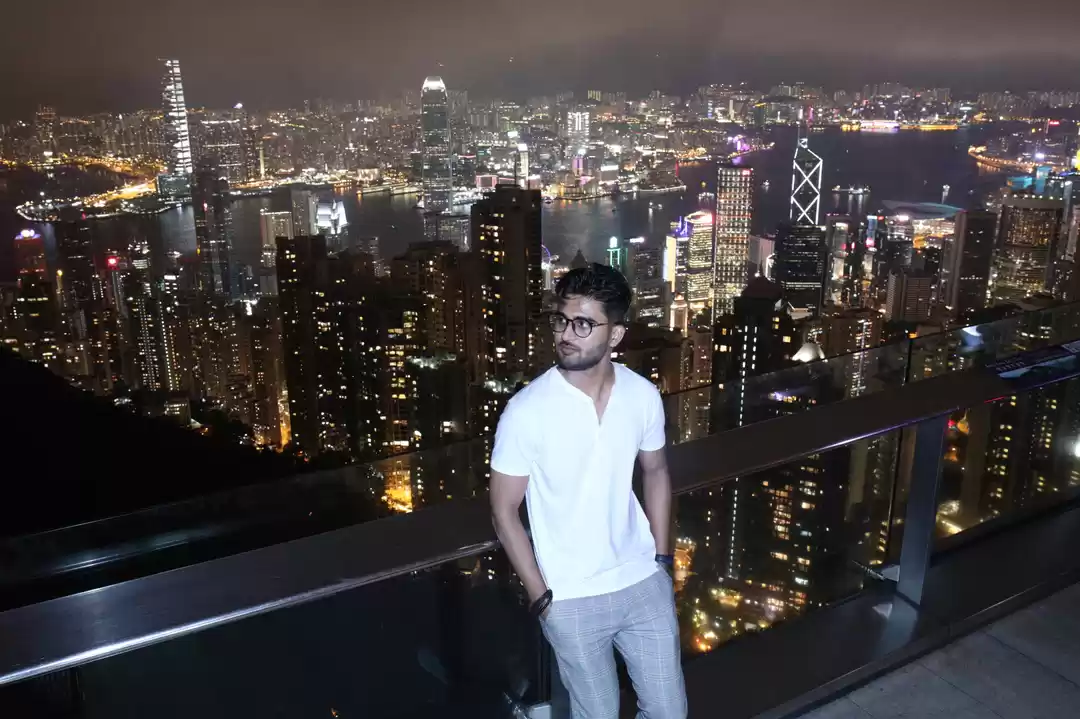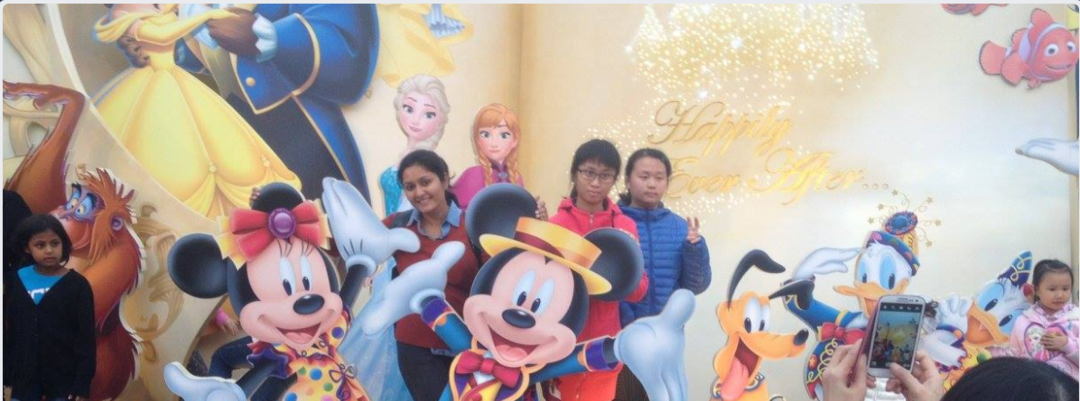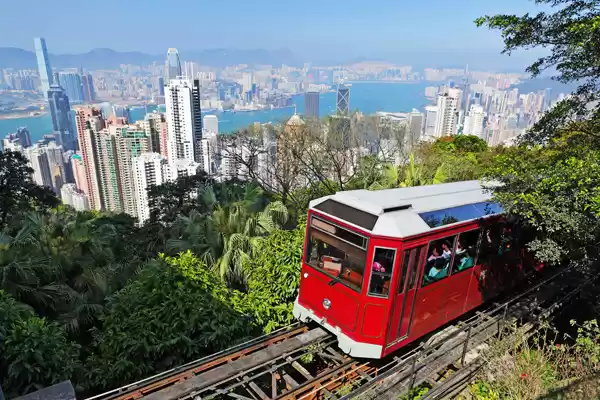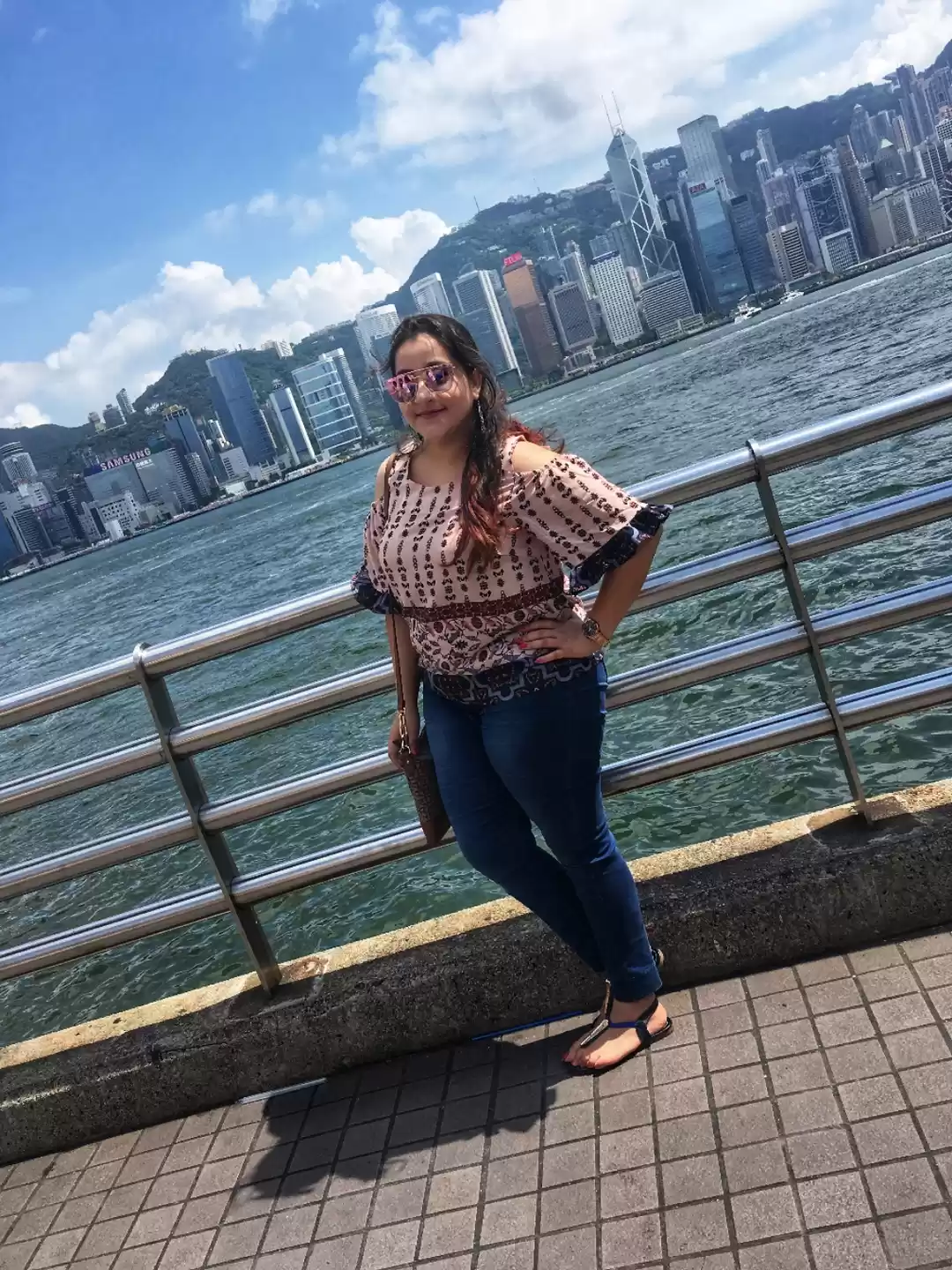
Day 2
I wake up at 8.30, have breakfast. I prepare and go out of the hotel. Only then I saw the city for the first time. Even the buildings of Shanghai are tiny with those I saw in Victoria Harbor. Behind the buildings, I see green and leafy mountains. There are houses among the grove of the mountains. Among the mountain peaks, the one that stands out is the Victoria Peak. I decide to go up the next day to see the city from above.
I had other expectations for Hong Kong, and one of them was food. I had heard about the wonders of the Cantonese food but I do not know if I was not lucky but in the previous days, all the restaurants were a failure. So I enter the first street food stand that I see. Here the dim sum was very good.
I wanted this morning to visit Macau another autonomous city like Hong Kong which is very close to a little over an hour of travel by ferry. The subway takes me to the access to the ferry terminal that is well indicated and I go directly to the hall where the ticket offices are to buy the ferry tickets. I bought the round trip ticket that I could pay with a credit card.
There are only two operators who makes the trip. So although the ticket is not cheap it is the only way. In one hour I reach at the Macau ferry terminal. As I wanted to start the visits through the colonial area I decided to take a taxi, since I had read that they were cheap, and that left us at the starting point of the visits, and they left me in Senado Square.
It is an elongated square of triangular shape. The square was named in honor of the Leal Senado, a meeting place for Chinese and Portuguese in the 16th and 18th centuries. The vast majority of the buildings surrounding the square are European-style and many of them are protected monuments. Once I get here, the circus starts.
I continue through the square seeing the buildings of colonial architecture that flank it and I have a rare feeling of finding myself in Europe, but the crowds, the bustle and the signs already tell me that this is Asia. I continue my walk that gets more complicated every time, first by the crowd, and then by the humidity, which together with the heat did not stop me from sweating.
There are many buses operated by the casinos. People go to Macau, for multiple reasons, the Chinese to bet, and the tourists to see the Chinese betting. I went to eat the Peking duck. It's one of my favorite dishes and in Macau, I read they make the best duck in Hong Kong. I see food stalls with oriental delicacies, destined most to Chinese tourists.
I get amused by the surprise of the Chinese waiter when I ask for the whole duck instead of half. He repeats again and again that it is a lot, although the truth is that I am always hungry. The duck and other dishes were amazing. It is the best Chinese food I have eaten in my life. I have never seen the grace to visit the casinos if one is not going to play. Maybe in Las Vegas, because they do not have other tourist attractions, but in Macao, I honestly do not see the grace once I have seen one.
The others are all the same. I walked through the center that I did not feel was any wonder. I saw the church and from the facade of the Cathedral I deviate from my way to the current cathedral of Macao, to continue climbing to the Fortaleza do Monte. Built by the Jesuits between 1617 and 1626, it was the main military defense structure of the Portuguese colony of Macao.
It was built on the top of a mountain located in the center of the peninsula, which allows to see over the city in all directions. The fortress has the shape of an irregular trapezoid that covers an approximate area of 8,000 square meters. It was equipped with cannons, military barracks, wells and an arsenal that contained enough ammunition and supplies that allowed it to withstand a two-year siege.
We made a stop to eat and continue to Mandarin House. It is possible to see inside and outside a typical Macau Chinese mansion with some western elements incorporated into its structure. The mandarin house was built in the mid-nineteenth century as the residence of Chinese writer Zheng Guangying. Today it is one of the best surviving examples in Macao of residential architecture in the region. It is an extraordinarily photogenic place.
Our last point of visit in the ancient zone of Macao was the A-Ma Temple. The temple existed already before the birth of the city of Macao itself. It is believed that the temple was built by Chinese fishermen living in Macao in the fifteenth century, to honor and worship the goddess A-Ma, also called Tin Hau, Mazu or Matsu.
This Taoist deity is highly venerated throughout southern China and in various parts of East Asia and is considered as the protector of fishermen and sailors. It can be considered that this temple is the last symbol of Chinese culture in Macao. It is formed by the Porch Pavilion, the Memorial Arch, the Prayer Hall, the Benevolence Pavilion, or the Guanyin Pavilion and the Zhengjiao Chanlin Buddhist Pavilion, each arranged in harmony with the natural environment and contributing to the beauty of the set.
Each pavilion is dedicated to the worship of a Chinese deity, something that makes the temple a unique example of the diverse influences of Chinese culture, through Taoism, Confucianism, Buddhism and various popular beliefs. Here we ended our visit to the colonial part of Macao, and returned to the Tapai island to visit a mega casino-hotel almost twin of Las Vegas.
We must bear in mind that Macao is known as Las Vegas of Asia, and already it surpasses to the city of the game as much in collection in the casinos as in number of visitors. I see several channels on the inside, through which sail gondolas. I take a walk, around the channel in which are distributed luxury stores of all brands, and one can even buy gold iphone.
In the surrounding area mega complexes of the same type and size are being built but for the time being they are under construction. So I decided that it was time to go back to Hong Kong, and I took advantage of the free buses that the casinos have to move me to the ferry terminal, from where I came back. And once back to the hotel I go to rest. I still have the Jet lag in the body and I have to get used to the heat and humidity.
Day 3
Today is my last day in Hong Kong and the last one also of the incredible trip to China. I get up early as I have almost a full day to continue enjoying the trip, and many things to see in Lantau in one day. At 7 I left the hotel after checking out. I enter a cafe for breakfast. I have a coffee with burger. With energy to face this last day of the trip, I decided to go for the ferry to cross the bay.
I left the subway at Statue Square and I was surrounded by skyscrapers, amazing architecture, glass and metal invade everything, and highlights in the square was the HSBC building. I see girls, usually Filipinos, who on Sundays gather in this area to spend the day, eat, chat and get to know each other. The area was full of people who looked like campers, and they took advantage of the huge dome of the HSBC to be covered.
I went down to the Soho area, but apparently it was very early since almost all shops were closed. It is a lively area with many shops and restaurants, but being Sunday was all closed. I headed towards one of the important temples on the island of Hong Kong, Ma Mon Temple. The temple is much smaller than the ones I saw earlier. It is also very ornate, but it is not as well cared for as the others.
Such was the amount of incense that was burning inside that I could not breathe, and there seemed to be fog inside. On the way, I found and entered a market. I had already been in Japan but I have to say that this is more striking. There are bags filled with hundreds of alive frogs. At least I did not associate it with Hong Kong. Maybe the image I was carrying was of a modern and cosmopolitan metropolis.
Although I quickly realized that I was quite wrong. I decided to go to Victoria Peak. I do not know if there is another way to arrive but I went with the cable car. It is a major tourist attraction that offers views of Central, Victoria Harbor, Lamma Island and the surrounding islands. The Peak is still a posh residential area, although today the residence is based on wealth.
From the Peak Tram I walked to the area of the docks to take another Hong Kong classic the Stanley Ferry, a ferry service that crosses the bay and is a classic. From the ferry I decided to walk through the docks until the Sky 101 building, a tallest skyscraper in Hong Kong. At the base of the building is the shopping center, which has shops of the highest luxury, including brands such as Louis Vuitton or Chaumet.
The first of the temples I reach was the Ten Thousand Buddhas Monastery. It is far from the center of the city, and it is not one of the overcrowded by tourism, which gives it another speciality. Not being a tourist destination, the indications are conspicuous by their absence, and it cost me to turn around.
The access is in the back of a shopping center in front of the exit of the neighborhood, where there is access to garages, and there is no indication. There is just a paved road and fence with wire mesh on both sides. Once I get to where the climb starts I see the golden statues on both sides of the road.
The Ten Thousand Buddhas Monastery is a Buddhist temple of the mid-twentieth century located in Sha Tin, Hong Kong, at Pai Tau Village. Its designation as a monastery is, in fact, an inappropriate name because there are no monks residing in the complex, which is administered only by laymen. Both the main temple building and the pagoda are listed as historical buildings of Grade III by the government of Hong Kong.
The main trip to the monastery is an attraction in itself, since the path is bordered on both sides with golden Buddhas, each unique and in different poses. Despite the common translation of its name, the monastery actually contains almost 13,000 Buddha statues. Once in the monastery I verify that it is really worth the climb, and that its attraction is not only in the statues that flank the road, but that the most important thing is above.
There are many statues and altars scattered throughout the Monastery, but what impresses most is the room with thousands of figurines, all numbered and illuminated. Once the visit was over, I retraced my steps, to the subway, to move to the next one, the Wong Tai Sin Temple. The first thing I see when leaving the metro is a shopping center, and the divine is not at odds with the mundane.
The Sik Sik Yuen Wong Tai Sin Temple is home to Taoism, Buddhism and Confucianism. Its natural surroundings and beautifully decorated buildings make it both a natural attraction and an important religious center. The temple honors the memory of the legendary monk Wong Tai Sin also known as Huang Chu-ping, who became a deity in Heng Shan. In 1915, Taoist priest Liang Ren-an brought a portrait of Wong Tai Sin from Guangdong in southern China to Hong Kong.
Currently, the portrait is in the Wong Tai Sin temple and the faithful pray for good fortune with offerings, divine guidance and divination arts. Feng Shui enthusiasts will perceive structures that represent the five geomantic elements. There is the Bronze Pavilion (metal), the Hall of the Archives (wood), the Yuk Yik Fountain (water), the Yue Heung Shrine (fire), in which the lantern is venerated and the Earth Wall (earth).
Other areas of the complex include the Salon of the Three Saints, the Confucian Hall and the extraordinarily colorful Garden of Good Wishes, richly decorated with Chinese elements. At the back of the enclosure there is a well-kept garden that transports me to a much quieter place since I cannot hear traffic noise or other logics with the place where it is located in the center of a populous city.
I rest for a while in the tranquility of the gardens and go again to the subway that takes me to my next destination in the morning. The Nan Lian gardens with the Chi Lin monastery, are together. It is worth noting the collection of bonsai and the ponds with colorful tents that are found in the gardens, another oasis of peace in the middle of the city.
I continue to the Monastery. The architecture, cleanliness and silence that reigns in it is really impressive. The main prayer room has large golden Buddha figures, but in this place they do not allow taking pictures. Chi Lin Monastery is composed of a large ensemble of elegant wooden architecture temples that houses valuable Buddhist relics and ponds with lotuses. The set also includes a series of rooms in which I can see statues of wood, clay and gold representing divinities such as Buddha Shakyamuni and bodhisattvas.
I return to the subway station to go directly to Lantau. Here I have the opportunity to see the world's largest Buddha made in bronze in the Po Lin Monastery and if I have time I want to see the Ngong Ping Village. To get to the Giant Buddha, I will have to take the Cable Car, which will take me to the upper part of the island. To get to Lantau I also have the option of going by ferry, but this time I have opted for the metro, a much faster option.
I take my ticket and change at Lai King and then go to Tung Chung, the stop on Lantau Island that leaves me right next to the beaches. After 15 minutes of a queue and even being Sunday, the day that more people are, I come a few minutes before they opened at 9. So the queue has been minimal. And if I also count that 8 people enter each cabin, the process is fast. They could have had it that way in the Zhangjiajie National Park.
And as I go up with the cable car, extraordinary views are surrounding me. It is no doubt an experience in itself of this way of accessing the Great Buddha. And while I continue ascending, I see several groups of people crossing the mountains by roads and walkways suitable for it. And, after 25 minutes in the cable car, I arrived at my destination.
Once I was back on the ground, the first thing I have to do to reach the Big Buddha is to go through Nong Ping Village. Yes, without a doubt it is a rather artificial place, totally created for the tourist. But because of what little I see, it can be interesting if you want to take some handmade souvenir. It is different from all the rest of places that at least I have seen on this trip.
After crossing the practically unique road to Nong Village, I arrive directly at the Great Buddha. Here I really arrived after climbing the more than 250 steps steps that give access to the largest bronze Buddha in the world. I thought that the climb was going to be much harder because of everything I had read, but nothing could be further from reality.
Could it be that I have already hardened after the trekking in the Great Wall of China? In a few minutes, I stand at the top, to enjoy breathtaking views, for which it is certainly worth climbing the steps. The Great Buddha could be said to be a part attached to the Po Lin Monastery, which symbolizes the union of man with nature. After enjoying a unique enclave, I go back down the steps.
I go to the Po Lin Monastery, located just opposite where I discovered one of those corners that give soul to a country, surrounded as it could not be otherwise. Here I enjoy in the best way what are the last hours of this trip to China. Despite the moments of nerves that I have seen partly by the local character, which is somewhat difficult, it has reminded me, at every moment, why I like to travel so much.
It is 12 noon when I look at the clock. So before going to the next point today, Tai O village, I stopped at a restaurant, where I ordered some spring rolls, tempura, fried pumpkin, dumplings and water. I then have a espresso coffee that I needed to continue the day.
It is 2 o'clock in the afternoon when I go to the bus station of Ngong Ping Village, located in the middle of the main street. It will take about 40 minutes to get to Tai O, a village in Lantau that I have read is highly recommended. But when I see bus schedules on weekends, my hearts sinks. These are a bit reduced in the afternoon.
Having to leave for the airport at about 5, I do not want to risk going too far. So after assessing it a couple of times, in the end, I decided to leave this visit for the next time I come to Hong Kong. It is almost 2:30 at noon when I return to the funicular where, after about 15 minutes of standing, I return to sail the skies of the Lantau island.
When I get to the entrance of the cable car, the queue to go up is huge. One of the things I see is that there are lockers to store bags or backpacks. Being right next to the airport, if I got to know before, I would have left them here to have much more time and go directly from here, and may have visited the Tai O village. But, well, this is over and now it is time to go back to the hotel to take them and to go back to the airport.
I return to the subway, and undo the road traveled this morning until I reach Tsim Sha Tsui, the station of my accommodation in Hong Kong. After having a sweet and a coffee, I return to the hotel for the backpack and head to the subway to go from Hong Kong to the airport. I have several options to go from Hong Kong to the airport that is on the Lantau island. I go by metro to Tsing Yi and from there in the Airport Express.
It took about 15 minutes to get to the airport. In between metro and Airport express, it take about 45 minutes from Tsim Sha Tsui. The first thing I do is to look at the flight schedule in the screens. After verifying that the schedule is on time, I check in my bag!
So I have to wait just over an hour. After several laps, I ended up in the one where I ordered a pasta. I only have a few minutes left to embark. And that is true. I embark punctually on the plane that will take me back home and with which I end my incredible trip to China.



